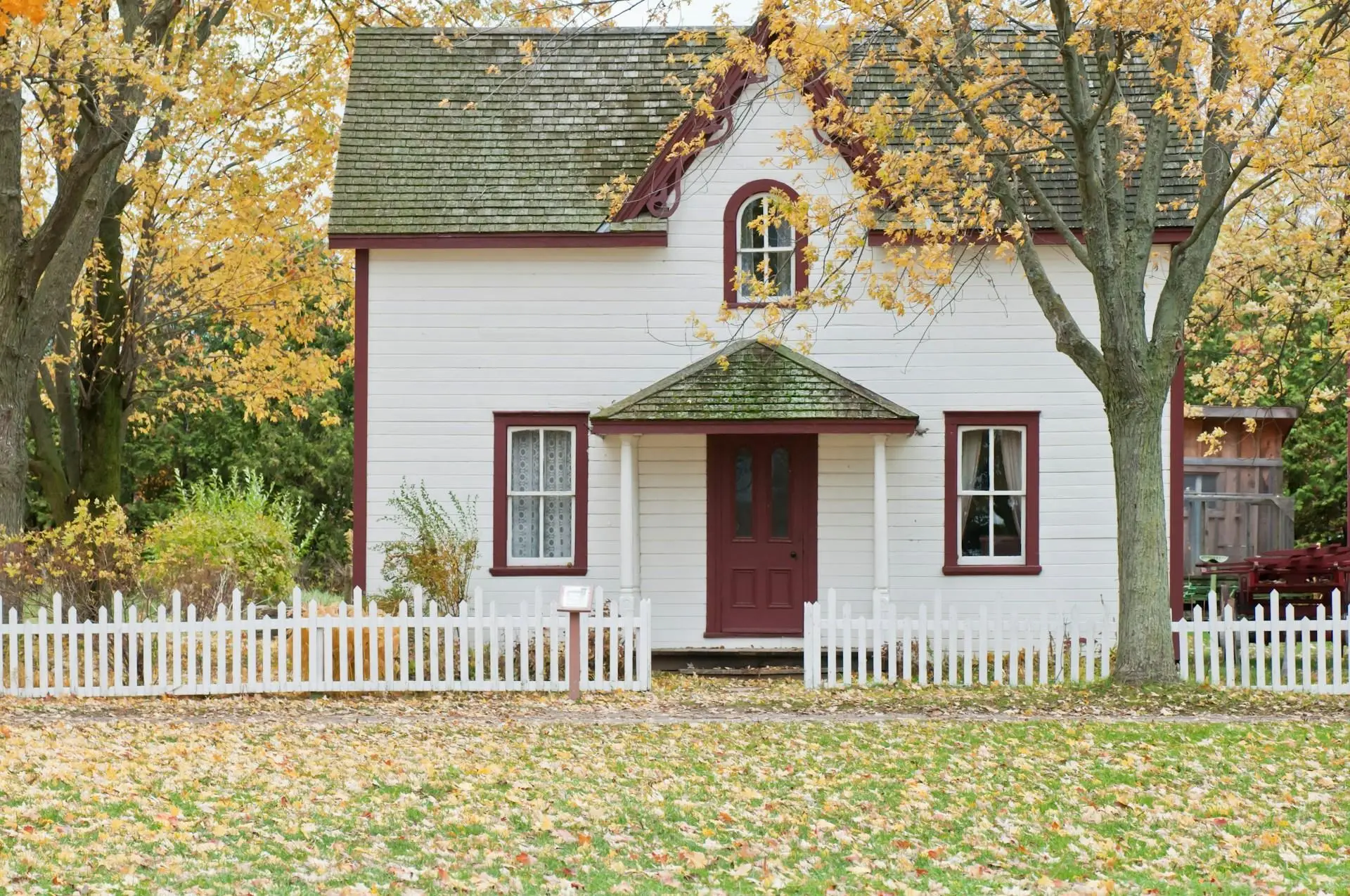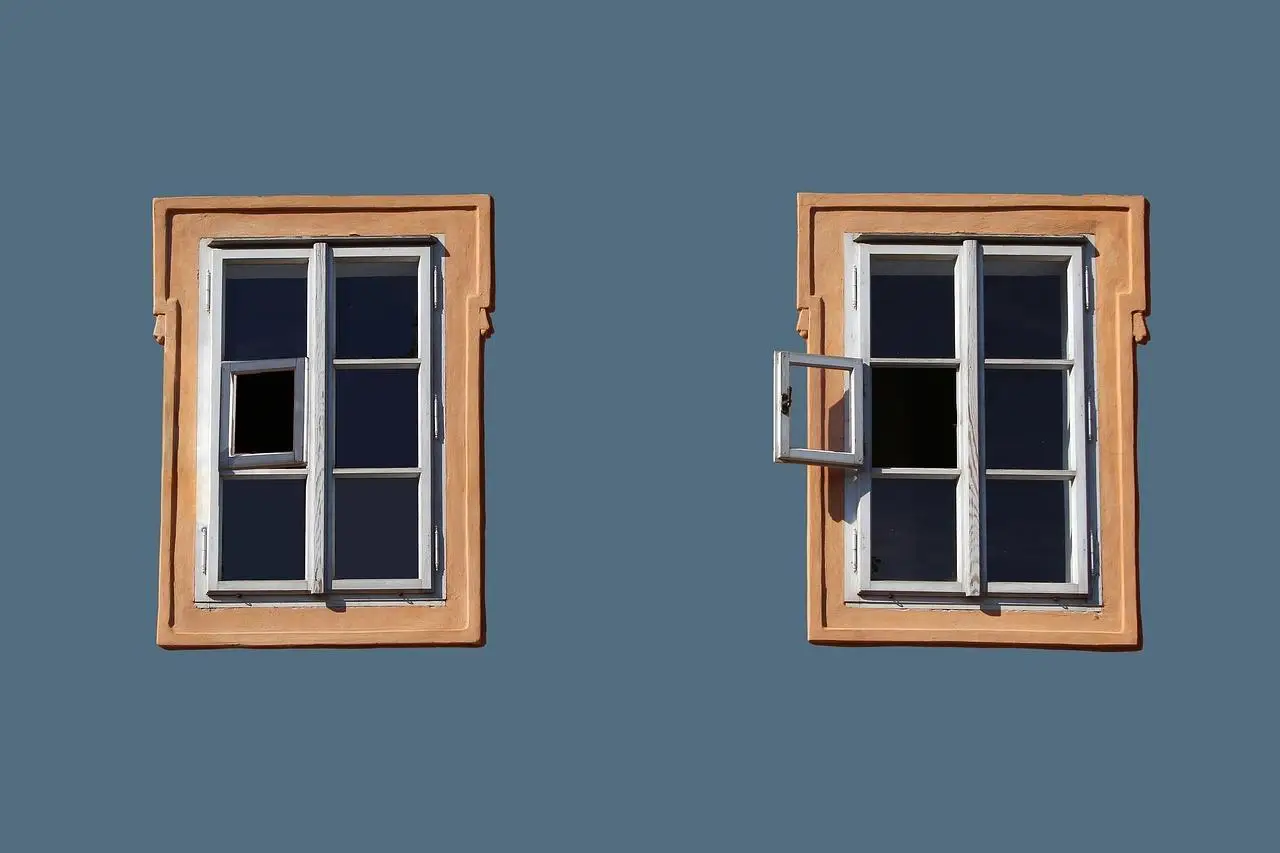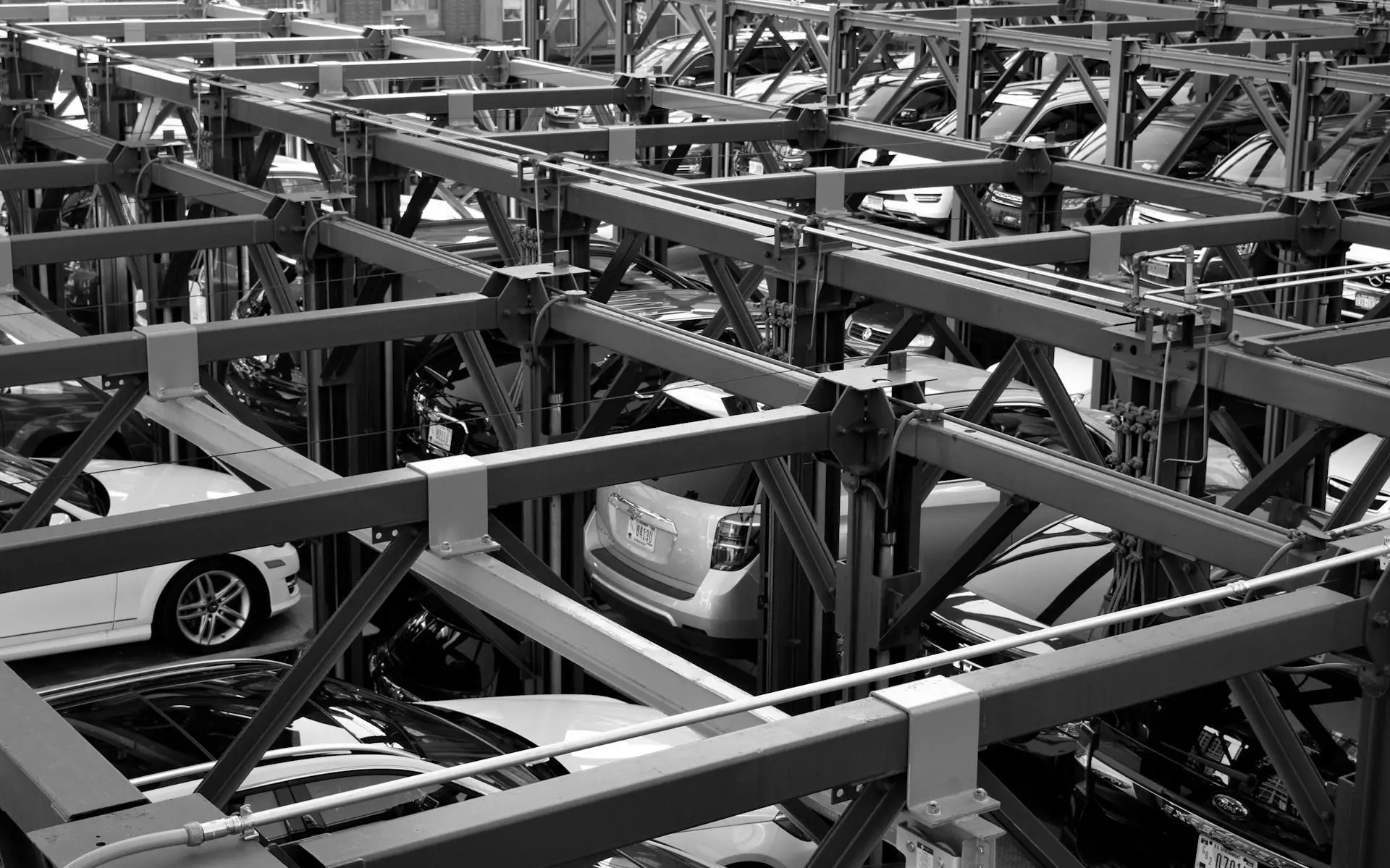Essential Roof Maintenance Tips to Prolong Your Home's Lifespan
A well-maintained roof is one of the key components to the longevity of any home. The roof not only protects the interior of the house from environmental elements but also plays a significant role in maintaining structural integrity. According to the National Roofing Contractors Association (NRCA), not addressing roofing issues promptly can lead to serious problems, with repairs often costing homeowners thousands of dollars. This highlights the critical need for regular maintenance & repairs to ensure your roof remains in optimal condition for years to come.
Key Strategies for Effective Roof Maintenance & Repairs
Regular Inspections: A Cornerstone of Care
Frequency of Inspections
Maintaining a schedule for roof inspections is essential. Homeowners are advised to conduct annual inspections and additional assessments following severe weather events like storms or heavy winds. These proactive checks can help in early detection of potential issues, allowing for timely intervention.
What to Look For
During these inspections, focus on several key areas:
- Missing or Damaged Shingles: Check for any shingles that have come loose or are cracked. Such issues should be addressed immediately to prevent leaks.
- Signs of Moss or Algae Growth: These can trap moisture, leading to decay over time.
- Rust or Corrosion in Metal Roofs: Pay close attention to flashings, gutters, and any seams which may show signs of rust.
Professional vs. DIY Inspections
While DIY inspections can be beneficial, hiring a professional can provide a more thorough assessment. Seasoned contractors can spot issues that may not be immediately visible and can recommend necessary maintenance & repairs to keep your roof in prime condition.
Cleaning and Clearing Debris: Keeping Your Roof Pristine
Importance of a Debris-Free Roof
Debris accumulation can cause water buildup, potentially leading to leaks and structural issues. Additionally, an untidy roof can attract pests, which might further compromise the integrity of the roofing materials.
How to Effectively Clean Your Roof
For safe and effective roof cleaning, gather the necessary tools and safety equipment, such as:
- Non-abrasive brushes
- A garden hose
- Safety harness (if needed)
The cleaning process should follow these steps:
- Remove larger debris like leaves and branches.
- Gently scrub the roof with a brush.
- Rinse off the roof with water, ensuring no residue is left behind.
Gutter Maintenance
Clean gutters are also vital in ensuring proper water drainage. Homeowners should aim to clean their gutters at least twice a year—more frequently if the home is surrounded by trees. Clogged gutters can lead to severe water damage to both the roof and the home's foundation.
Repairing Minor Issues Promptly: Early Intervention Counts
Recognizing Early Signs of Damage
Vigilance is key when it comes to spotting roof damage. Some early signs to watch for include:
- Leaks and Water Stains: Check ceilings for discoloration or moisture.
- Cracked or Curled Shingles: These may indicate aging that requires repair.
Basic Repair Techniques
Minor repairs can often be undertaken by the homeowner. For example, fixing a small leak might involve using a sealant or patching the area with roofing material, while damaged shingles can typically be replaced with minimal effort.
When to Call in Professionals
However, for significant issues requiring specialized skills or equipment, it is prudent to seek professional help. This includes large leaks or widespread damage. Whenever cost implications arise, weigh the repair costs against the potential need for a full replacement.
Proper Ventilation and Insulation: Essential for Roof Longevity
The Role of Ventilation in Roof Health
Proper ventilation is crucial in preventing moisture accumulation in the attic, which can begin a cycle of deterioration for roofing materials. It also helps regulate temperatures, reducing energy costs associated with heating and cooling.
Signs of Poor Ventilation
Indicators that ventilation may be insufficient include:
- Ice dams forming in winter, which suggest heat is escaping.
- Uncharacteristically high indoor humidity levels can also point to inadequate ventilation.
Enhancing Insulation
To bolster roof health, effective insulation is just as important. Various materials, such as fiberglass or foam, can improve energy efficiency and comfort. Home insulation upgrades can significantly lessen burdens on the roof while ensuring your home remains cozy year-round.
Timing for Larger Repairs or Replacement: Making Smart Decisions
Knowing When to Repair vs. Replace
Several factors must be considered when faced with deciding whether to repair or fully replace a roof. Analyze the roof's age, extent of damage, and overall condition. Long-term costs also play a significant role; often, timely replacements can save money in future repairs.
Choosing Quality Materials
Investing in high-quality roofing materials pays off in longevity. Materials such as asphalt shingles, metal roofing, and slate are known for their durability. They may require higher upfront costs but can lead to fewer maintenance needs over time.
Planning for Professional Installation
If it comes time for replacement, finding reputable contractors is essential. Check references and ensure they provide warranties on their work, safeguarding your investment against future issues.
Ongoing attention to roof maintenance and timely repairs are vital for safeguarding one’s home and investment. By incorporating regular inspections, cleaning, prompt repairs of minor issues, and maintaining proper ventilation and insulation, homeowners can significantly extend their roof's lifespan. Adopting these practices not only ensures the comfort of the living space but ultimately protects the financial investment made in your home. Through proactive care, a durable roof can endure for decades, proving its worth as one of life’s critical protective measures.









